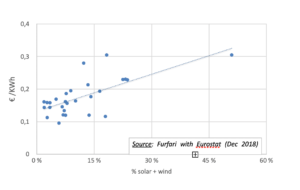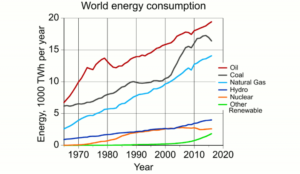by R. Schussler, Feb 2, 2025 in WUWT
Prequel to “Unravelling the narrative supporting a green energy transition.”
There is a powerful but misleading narrative supporting a green energy transition. A follow up piece will look more broadly at the general narrative supporting a transition to net zero. This prequel will provide some detail on a few components of the energy narrative and how this misleading narrative was established. The green energy narrative works somewhat like a magician’s patter, overemphasizing many things of irrelevance and distracting the audience from the important things going on. Misdirection ensures small truths are misinterpreted and magnified, leading to completely unrealistic hopes and expectations.
…
…
Conclusion
It is becoming increasingly apparent that wind, solar and batteries when pursued at high penetration levels result in high costs, lower reliability and poorer operational outcomes. Expectations from the green energy narrative and real-world results are not consistent and this gulf will continue to widen as long as policy makers continue to reflexively buy into the green energy narrative. This piece has attempted to illuminate some of the mechanisms that served to produce and sustain the exceedingly and overly high expectations for a green transition. The narrative was built upon these and other various deceptions to provide disinformation and hide the real-world challenges. Such methods continue to be employed with increasing frequency. The follow to this piece up will more systemically examine the components of the green energy narrative and raise many items of critical importance considerations that the green energy narrative ignores.











































































